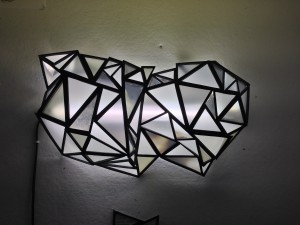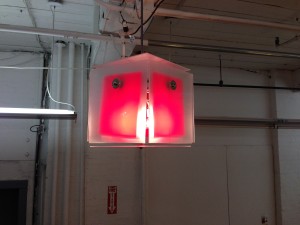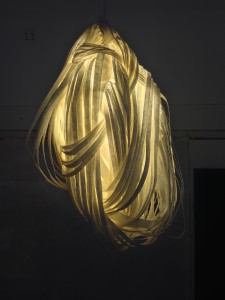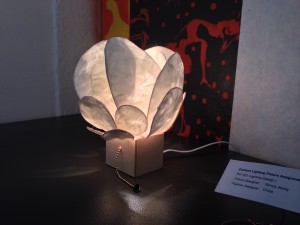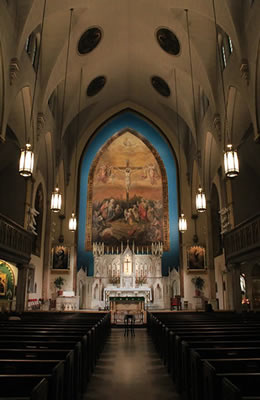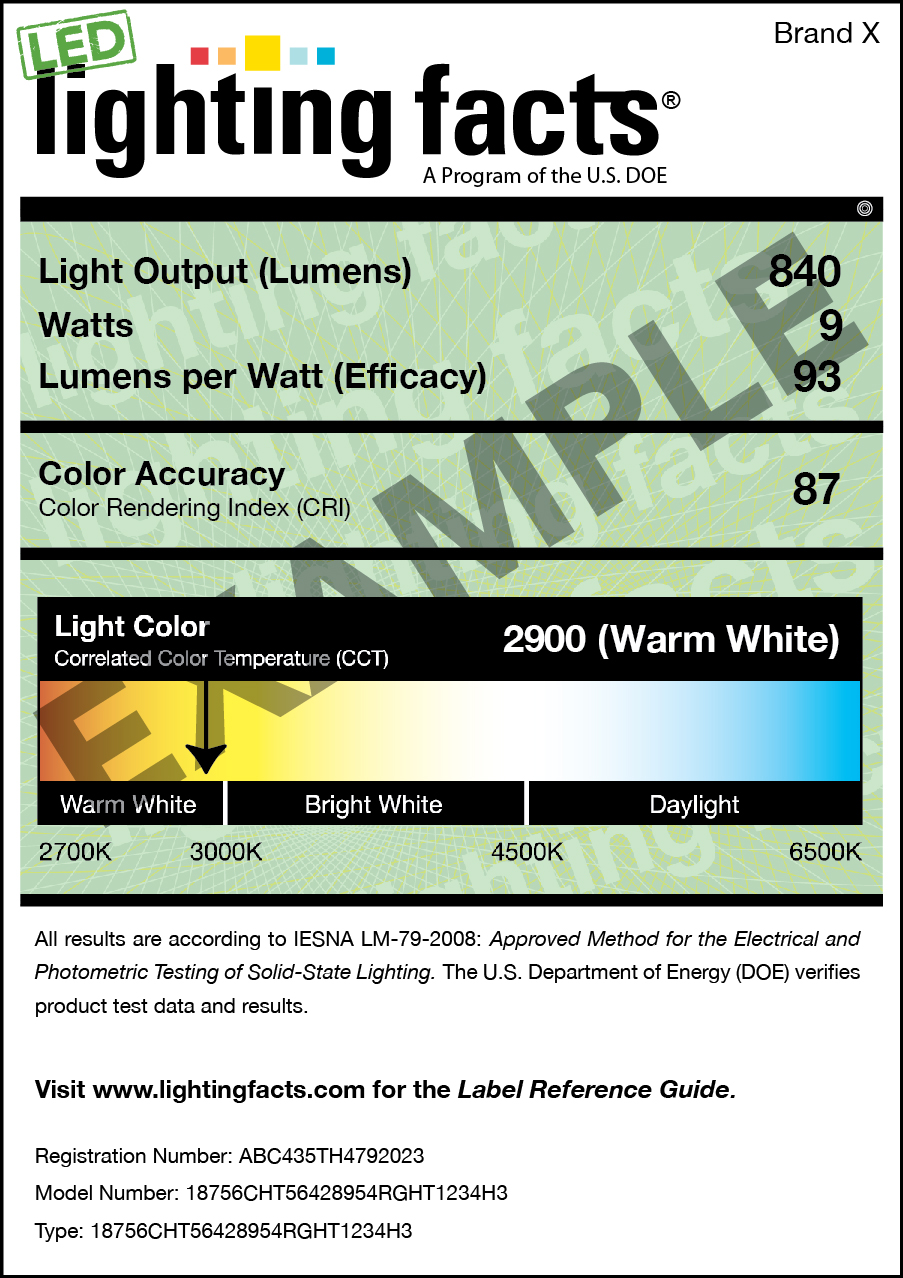The American Legislative Exchange Council (ALEC), with funding from fossil fuel producers and the utility industry, has turned its attention to renewable energy, and not in a good way. Their latest push is to levy a surcharge on homeowners who install solar panels and then feed electricity back into the grid when the panels generate more electricity than the home is using. The legislation has already passed in Oklahoma and Arizona. Known as net metering and required by 43 states, this practice reduces the homeowner’s utility bill and the amount of energy that the utilities have to produce. A win-win, right? Wrong! Because by reducing the homeowner’s bill it reduces the utility companies profits as outlined in a report by the Edison Electric Institute.
ALEC claims that reduced utility company income will prevent them from maintaining the electricity distribution system, and if large-scale adoption of solar takes place we as a society may indeed have to reconsider the way that we finance the maintenance of the system. However, discouraging adoption of renewable energy is not the way to go. We absolutely need more renewable sources of electricity and less reliance on fossil fuels, as made clear by several reports that have been released recently. Consider the following:
- The latest work by the Intergovernmental Panel on Climate Change (IPCC) says that climate scientists have high confidence in:
- Risk of severe ill-health and disrupted livelihoods for large urban populations due to inland flooding in some regions.
- Systemic risks due to extreme weather events leading to breakdown of infrastructure networks and critical services such as electricity, water supply, and health and emergency services.
- Risk of food insecurity and the breakdown of food systems linked to warming, drought, flooding, and precipitation variability and extremes, particularly for poorer populations in urban and rural settings.
- The Carbon Tracker Initiative has estimated that 60% to 80% of the coal, oil, and gas reserves of publicly traded companies are “unburnable” if we are to limit global warming to a somewhat manageable 2°C, as opposed to the catastrophic 9°C that would result from inaction on climate change.
- The global concentration of CO2 in the atmosphere has reached 400 parts per million for the first time in recorded history, as reported by NASA. According to NOAA, CO2 levels measured at Mauna Loa, Hawaii have risen by 24% in just the past 56 years.
Clearly, protecting the profitability of utilities and fossil fuel companies shouldn’t be a consideration. Nor should the economic impact of addressing climate change. The IPCC finds that the cost of addressing climate change would result in an average reduction in economic growth of a mere 0.06% for the rest of this century.
Meanwhile, the cost per watt of solar modules is dropping with breathtaking speed. In 1980 the cost per watt was over $16. In 2012 it was $1, just a few cents more than the upper cost for coal and natural gas. From 2011 to 2013 the cost of installed solar systems fell by 50%. Projecting these downward curves forward it’s easy to see that in just a few years solar is likely to be less expensive than fossil fuels.
Of course, one of the biggest problems with renewables such as solar and wind is that they aren’t consistent. This means that to increase our dependence on them we need a way to store energy when it’s produced and retrieve it when it’s needed. Fortunately, brilliant (pun intended) people are working on the storage issue. The latest promising technology uses a recently discovered material, grapheme, to produce rechargeable batteries that can hold at least twice as much energy as lithium ion batteries. You can read about these advancements in The Guardian and Energy Harvesting Journal.
So it seems to me that ALEC and its backers may win another victory or two before the tide sweeps them aside because they are on the wrong side of history. First, science tells us that we as a society must make changes, including a massive conversion to renewable energy. Second, technology is making the adoption of renewable energy possible with ever increasing speed. Third, economics tells us that we as individuals will soon be able to save money by installing solar panels on our homes because we’ll be able to generate electricity cheaper than the utilities.

